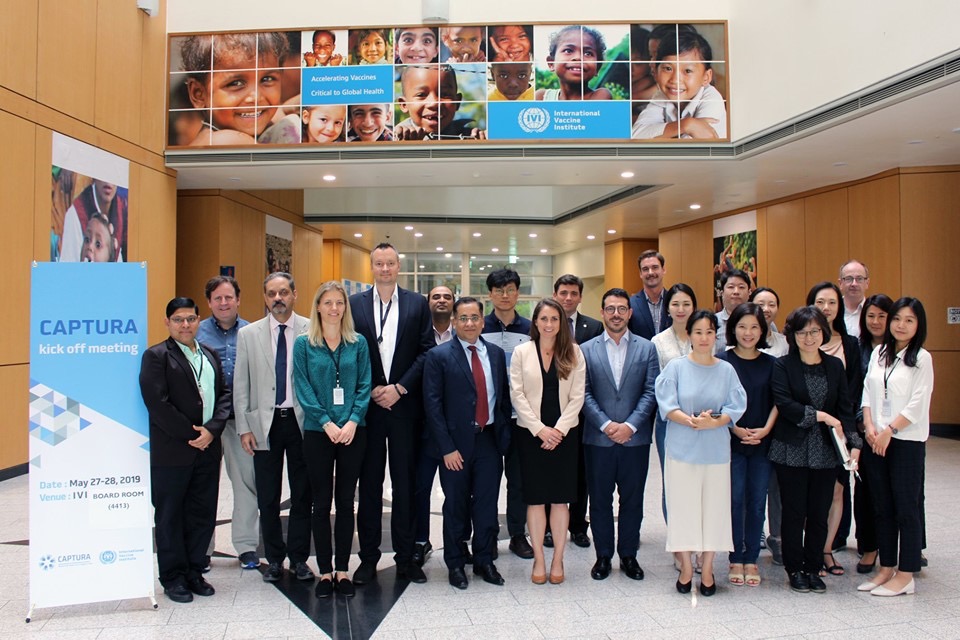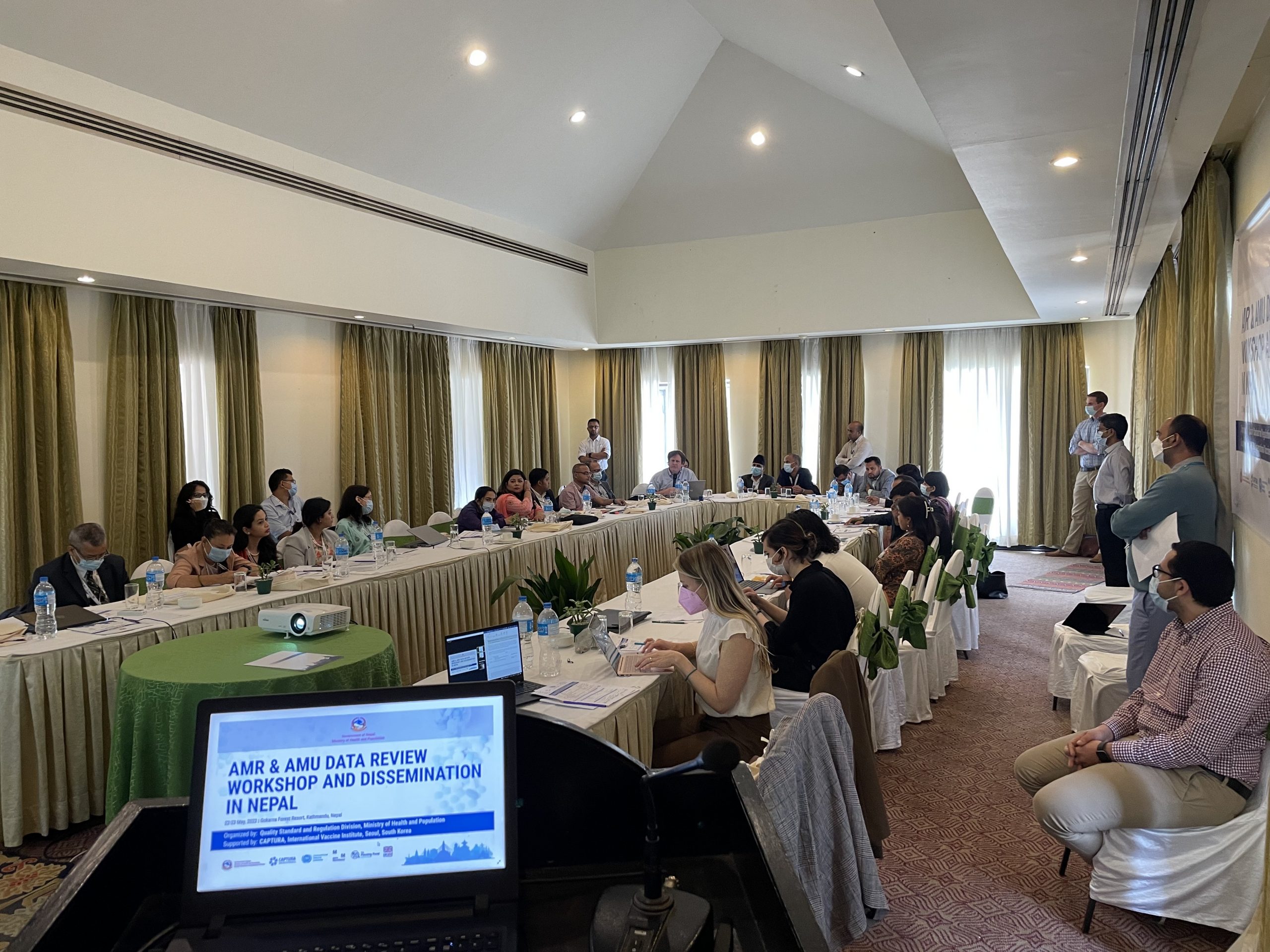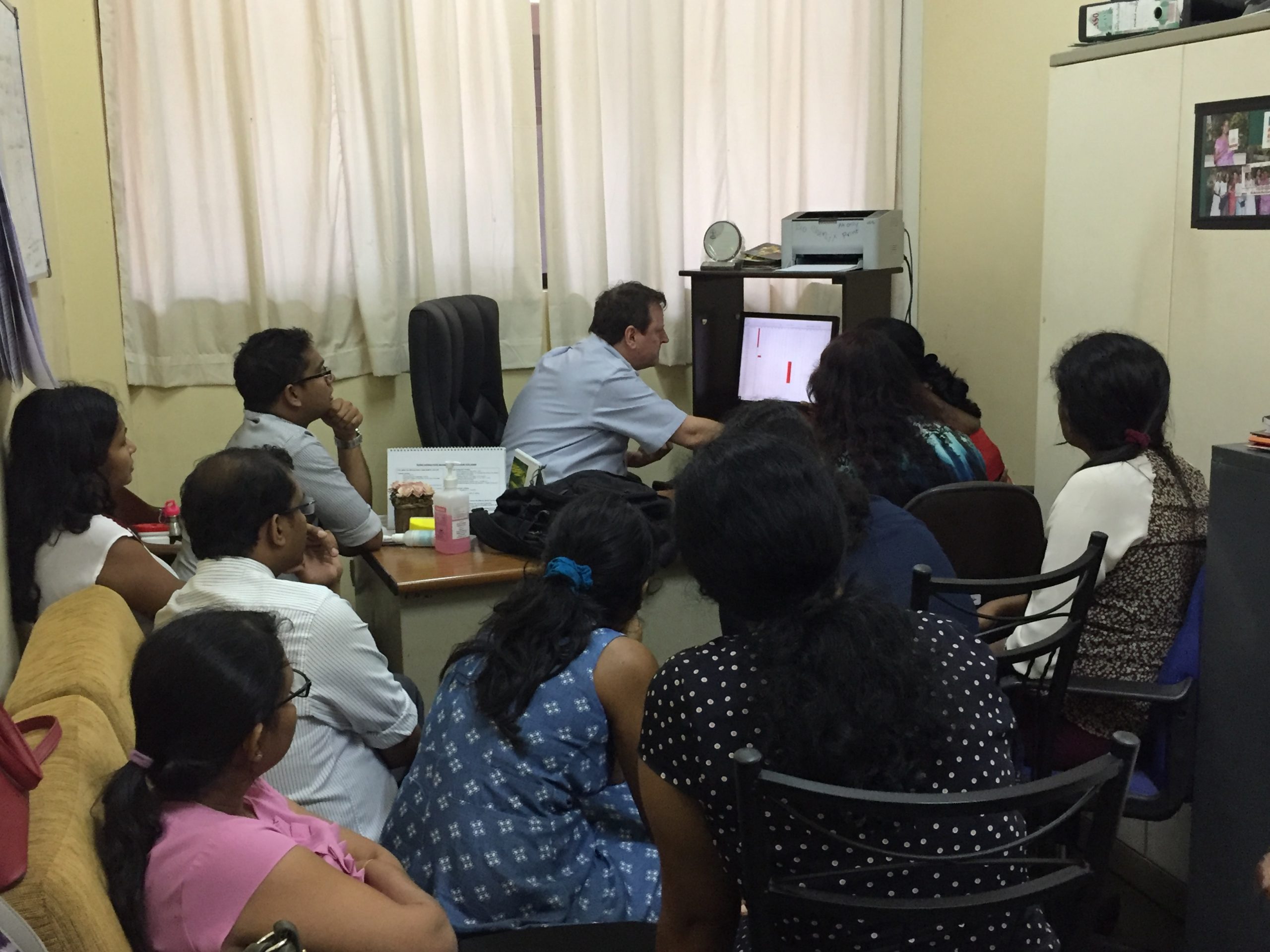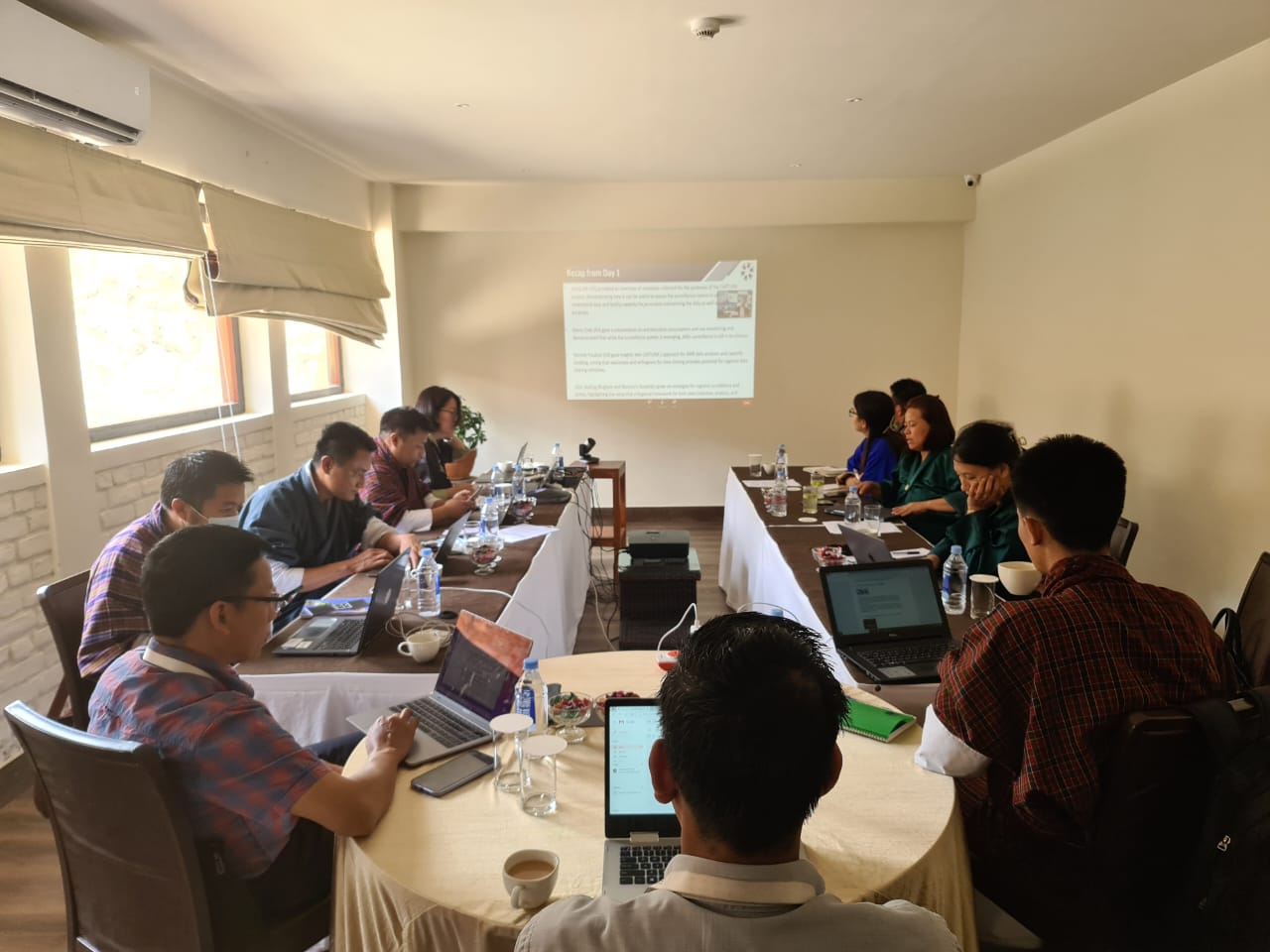The Regional Grant for South Asia and South East Asia has been awarded to an International Vaccine Institute led consortium to undertake the CAPTURA project.
Capturing data for AMR action in Asia
Since 2019, Fleming Fund grantee, International Vaccine Institute (IVI), has led the CAPTURA consortium to expand the volume of historical data for antimicrobial resistance (AMR), consumption (AMC), and use (AMU) across 12 countries in South and Southeast Asia.
Bringing together local and global stakeholders - with 324 external participants from 29 countries - CAPTURA held a three-day, virtual regional workshop to mark the completion of their in-country activities. The data outputs will be used to inform regional and national efforts in improving AMR surveillance; antimicrobial stewardship; and evidenced-based policy and planning.
The workshop’s report summarised the main themes for those interested or active in the field of AMR surveillance and research. We spoke to CAPTURA grant lead Dr Nimesh Poudyal - Research Scientist in the AMR Department, Epidemiology & Public Health Impact Unit at IVI, based in Seoul, Republic of Korea - on the workshop’s success in unifying the Asian regions in the fight against AMR.

CAPTURA's three-day regional workshop hosted in Seoul, Korea. Photo copyright: International Vaccine Institute (IVI).
CAPTURA’s focus was to gather existing AMR data to create a baseline and increase the volume of available surveillance data. During this process, we built a network of labs/pharmacies for data sharing, helping identify human health facilities generating AMR/U data and establishing or expanding surveillance in each country in Asia.
The workshop gave us the opportunity to shine a light on the project’s regional impact with stakeholders sharing insights among the project’s South and Southeast Asian countries. We also shared our experiences and lessons learned from varied AMR contexts with the wider AMR community.
The current state of play for AMR surveillance varied between countries. They ranged from the early surveillance stage with one-two major facilities country-wide which oversee data collection and sharing, to advanced surveillance systems and an established facilities network.
AMR communities
Our response was different per country - for instance - in early surveillance countries such as Papua New Guinea and Timor-Leste, we supported capacity building and data processing to strengthen the countries’ digital surveillance systems.
In advanced surveillance countries such as Bangladesh and Nepal, we assessed potential facilities for network expansion; reviewing data collection mechanisms to ensure quality; and capacity building in data interpretation and analysis, exploring appropriate data use for AMR action.

CAPTURA’s regional workshop was attended virtually by participants across the Asia region. In some of the CAPTURA countries, such as Nepal, participants gathered to attend together. Photo copyright: International Vaccine Institute (IVI).
Data visualisation
We wanted to unite AMR stakeholders from the CAPTURA project across Asia, highlighting their achievements in data generation, developing data infrastructure, and conducting analysis and data visualisations for national AMR and AMU surveillance.
Data visualisations were a key component in presenting the data. For example, in Nepal, Bangladesh, and Indonesia, we mapped out locations and visualised the results of the CAPTURA questionnaire and assessment of lab capacity across the country. These labs, including private facilities, are now being considered for AMR surveillance network expansion.
CAPTURA also supported data visualisation efforts in Bangladesh and Vietnam with national data dashboards and platforms under development by primarily providing technical assistance and advice on how to best present and interpret their findings.
Within CAPTURA, we also encouraged visualisation of the findings and results with our own dashboard tools to better present and communicate with stakeholders.

Data visualisation training in Sri Lanka, as part of CAPTURA's virtual workshop. Photo copyright: International Vaccine Institute (IVI).
Uncovered data
There are many unexplored AMR data sources in Asia that will strengthen the current surveillance network. This data could be used to inform national policymaking.
However, the quality of the data is low, and sharing it with relevant partners remains a challenge. Data collection in paper or logbooks is still customary practice and linkage with clinical data is rare.
National and facility-level AMC data are often available electronically, though unstructured, and AMU data at the patient level was challenging to pinpoint with no known established surveillance systems or networks. However, it is often the most granular and helpful to understand antimicrobial drug use.
Capacity building to ensure data collection is standardised and systematic is required; as well as to curate, interpret and share the data. Such capacity at the facility, national and regional levels certify the sustainability of the programme.
Data obstacles
The major project obstacle we encountered was the poor and varied quality of historical AMR data. There were limited quality control mechanisms in place at the facility and national levels, often resulting in inconsistent and incomplete datasets.
We spent much of our time cleaning, curating, and verifying the data with external providers – informing the crucial need for building capacity to enhance the quality of AMR data.
There was also the issue of little-to-no collection of metadata (digital information telling you about the data). As metadata provides context and clarity on how data can be used or interpreted, we had to gather our own to better understand the historical data received. We also experienced barriers to data sharing, with final datasets undergoing lengthy logistical and sign-off periods.

Participants attending CAPTURA’s regional workshop virtually in Bhutan, one of the countries where the project operates. Photo copyright: Pema Yangzom (Programme Officer, Department of Medical Services, Ministry of Health).
Big data treasure
Overcoming this adversity, CAPTURA was able to identify, collate and compute a large volume of AMR/U/C data that was previously untouched.
This allowed us to understand the existing capacity in terms of AMR laboratory and data quality, volume, and technical capacity in processing the data at each surveillance site. Asian countries could then use this information to prioritise and channel their future AMR activities and needs.
Importantly, CAPTURA aims to address these major gaps in the existing data structure, sharing platforms and networks between public-private and governmental agencies, and lack of technical expertise in analysing and presenting existing big data.
CAPTURA's achievements revealed that there are a substantial number of AMR stakeholders, activities, and data available in the region. However, there are also several barriers such as limited financial and human resources, poor data quality and challenges in sharing.
Silent pandemic
The findings from this project can be used in upcoming initiatives, highlighting gaps and areas of improvement.
"As the fight against AMR is not bound to borders nor specific to a single disease, the wider health community in-country and across the Asia region will need to work together to explore the next steps to prevent the silent AMR pandemic."
Our next step is dissemination and sustainability. We want to make sure our insights and lessons learned are translated into evidence and action, including project reports summarising activity and findings at the facility and country-level, alongside research publications in academic journals.
The tools developed (questionnaires, assessments, data visualisers) are on the CAPTURA project website with instructions and recommendations, as well as the regional workshop presentations and materials to revisit and refer to.
More Like This
Stories
From Stories, Transforming AMR surveillance in Nepal through data automation , Date: 30/04/2025
Antimicrobial resistance (AMR) data is vital for informing local interventions, enabling hospitals to improve infection control and treatment strategies. With Fleming Fund Country Grant investment, the Robotic Process Automation 'bot' technology was introduced − now operational in 23 out of 26 hospitals − to support Nepal’s AMR national surveillance network.